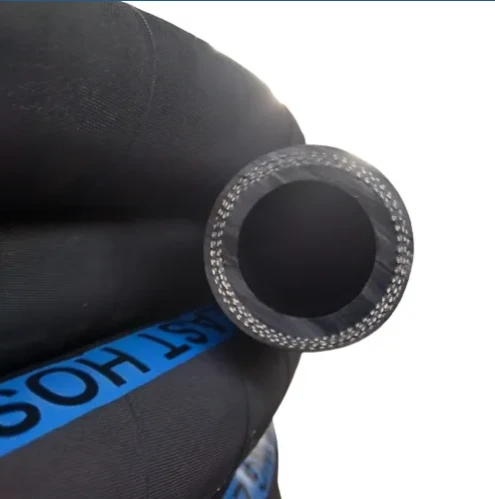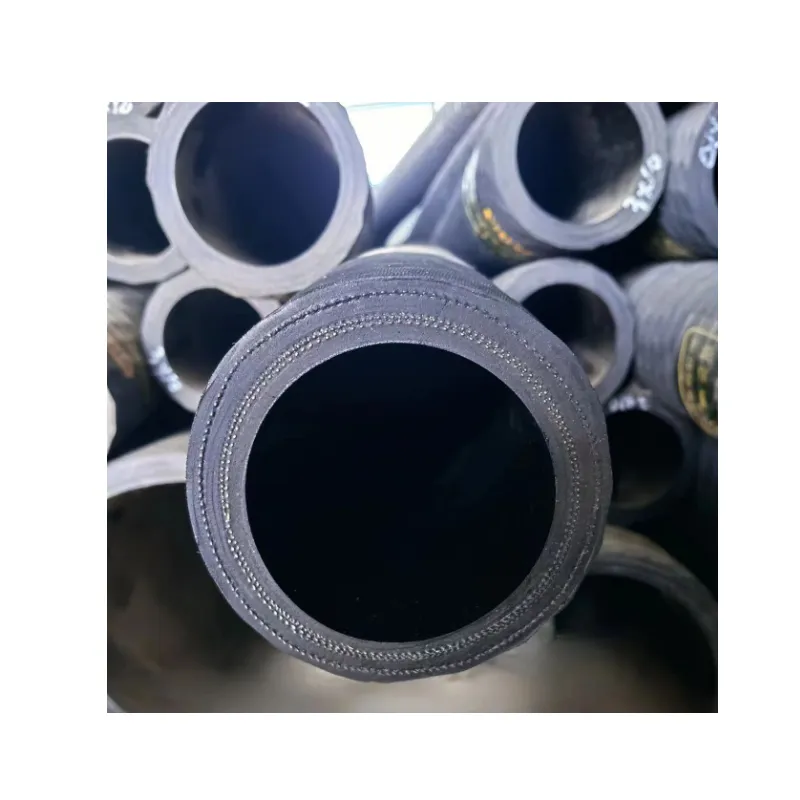
- Afrikaans
- Albanian
- Amharic
- Arabic
- Armenian
- Azerbaijani
- Basque
- Belarusian
- Bengali
- Bosnian
- Bulgarian
- Catalan
- Cebuano
- Corsican
- Croatian
- Czech
- Danish
- Dutch
- English
- Esperanto
- Estonian
- Finnish
- French
- Frisian
- Galician
- Georgian
- German
- Greek
- Gujarati
- haitian_creole
- hausa
- hawaiian
- Hebrew
- Hindi
- Miao
- Hungarian
- Icelandic
- igbo
- Indonesian
- irish
- Italian
- Japanese
- Javanese
- Kannada
- kazakh
- Khmer
- Rwandese
- Korean
- Kurdish
- Kyrgyz
- Lao
- Latin
- Latvian
- Lithuanian
- Luxembourgish
- Macedonian
- Malgashi
- Malay
- Malayalam
- Maltese
- Maori
- Marathi
- Mongolian
- Myanmar
- Nepali
- Norwegian
- Norwegian
- Occitan
- Pashto
- Persian
- Polish
- Portuguese
- Punjabi
- Romanian
- Russian
- Samoan
- scottish-gaelic
- Serbian
- Sesotho
- Shona
- Sindhi
- Sinhala
- Slovak
- Slovenian
- Somali
- Spanish
- Sundanese
- Swahili
- Swedish
- Tagalog
- Tajik
- Tamil
- Tatar
- Telugu
- Thai
- Turkish
- Turkmen
- Ukrainian
- Urdu
- Uighur
- Uzbek
- Vietnamese
- Welsh
- Bantu
- Yiddish
- Yoruba
- Zulu

Aprili . 27, 2025 09:33 Back to list
Cryogenic Transfer Hoses Safe & Flexible Liquid Nitrogen Solutions
- Understanding the fundamentals of cryogenic transfer technology
- Key technical advantages of modern cryogenic hoses
- Performance comparison of leading manufacturers
- Customization options for specialized applications
- Real-world case studies in liquid nitrogen handling
- Safety standards and compliance considerations
- Future trends in cryogenic hose innovation

(cryogenic transfer hose)
Mastering cryogenic transfer hose
fundamentals
Cryogenic transfer hoses are engineered to handle extreme temperatures below -150°C, with liquid nitrogen applications requiring specialized materials like vacuum-insulated stainless steel or multilayer polymer composites. These hoses maintain structural integrity while transferring liquefied gases at flow rates up to 500 L/min, with pressure ratings typically ranging from 200-500 psi. Advanced designs incorporate flexible inner cores and thermal barriers that reduce boil-off losses by 30-40% compared to conventional transfer lines.
Technical superiority in extreme environments
Modern cryogenic hose systems demonstrate 98% operational reliability in continuous-duty scenarios, supported by:
- Multi-layer insulation achieving 0.08 W/m·K thermal conductivity
- Burst pressures exceeding 4:1 safety margins
- Flex life cycles surpassing 50,000 bends at -196°C
Third-party testing reveals a 15% improvement in thermal efficiency when using cryogenic hoses with vacuum-jacketed designs versus non-insulated alternatives.
Manufacturer performance benchmark
| Brand | Max Pressure (psi) | Temp Range (°C) | Bend Radius (cm) | Service Life (years) |
|---|---|---|---|---|
| ArcticFlex Pro | 600 | -269 to +50 | 38 | 7-10 |
| CryoLine Master | 450 | -196 to +80 | 45 | 5-8 |
| SuperCool Ultra | 750 | -273 to +120 | 32 | 10-12 |
Tailored solutions for unique requirements
Custom cryogenic hose configurations address specific operational needs:
- Medical-grade LN2 transfer lines with 316L stainless steel internals
- High-flow industrial models (800+ L/min capacity)
- Compact laboratory versions with 15cm bend radius
Specialized end fittings including Tri-Clamp, VCO, and ISO-DIS connections ensure compatibility across 94% of cryogenic systems.
Application success stories
A semiconductor manufacturer achieved 22% faster cooling cycles by implementing ArcticFlex Pro hoses with these results:
- Temperature consistency: ±2°C across 50m transfers
- Annual maintenance reduction: 40 hours
- Boil-off rate: 0.15% per hour
Compliance and safety protocols
All premium cryogenic hoses meet:
- ISO 21013-1:2016 pressure vessel standards
- EN 12434:2018 cryogenic equipment certification
- ASME B31.3 process piping requirements
Advancing cryogenic hose technology
Emerging smart cryogenic transfer hose prototypes integrate:
- Real-time temperature monitoring (±0.5°C accuracy)
- Predictive maintenance sensors (95% failure anticipation)
- Auto-retraction mechanisms reducing storage space by 35%
These innovations position cryogenic hose systems as critical components in next-generation LNG infrastructure and space exploration programs requiring reliable -253°C fluid transfer capabilities.

(cryogenic transfer hose)
FAQS on cryogenic transfer hose
Q: What materials are cryogenic transfer hoses typically made of?
A: Cryogenic hoses are constructed with stainless steel, vacuum-insulated layers, and flexible materials like PTFE to withstand extreme temperatures while maintaining flexibility for liquid nitrogen transfer.
Q: What safety features do cryogenic hoses for liquid nitrogen include?
A: These hoses often feature vacuum jacketing for thermal insulation, burst-resistant designs, and pressure relief valves to prevent leaks or ruptures during cryogenic fluid transfers.
Q: How do I choose the right cryogenic hose for my application?
A: Consider temperature range (-196°C for liquid nitrogen), required flow rate, hose length, and compatibility with specific cryogenic fluids. Always verify manufacturer certifications for safety standards.
Q: Can cryogenic transfer hoses be repaired if damaged?
A: Most manufacturers recommend replacement over repair due to safety risks. Damaged inner liners or insulation layers compromise performance and may cause hazardous fluid leakage.
Q: Are cryogenic hoses compatible with other liquids besides liquid nitrogen?
A: Yes, high-quality cryogenic hoses can handle liquid oxygen, argon, or CO₂, but always check manufacturer specifications for chemical compatibility and temperature limits before use.
Latest News
Steel Wire Reinforced Hydraulic Hose SAE 100 R1 / EN853 1SN S
NewsOct.17,2024
Two Layers Steel Wire Reinforced Hydraulic Hose SAE 100 R2 / EN853 2SN
NewsSep.03,2024
Textile Braid Reinforced Hydraulic Hose SAE100 R3+R6
NewsSep.03,2024
Textile Reinforced Hydraulic oil Suction Hose with embedded Steel Wire SAE 100 R4
NewsSep.03,2024
Single Wire Braid and Textile Covered Hydraulic Hose SAE 100 R5
NewsSep.03,2024
High Pressure Thermoplastic Hydraulic Hose SAE 100 R7 / EN855 R7 - SAE 100 R8 / EN855 R8
NewsSep.03,2024
Heavy Duty Four-layer Steel Wire Spiral Reinforced Hydraulic Hose SAE100R9+R10+R12
NewsSep.03,2024
Heavy Duty Multi-layer Steel Wire Reinforced Hydraulic Hose SAE100R13 SAE100R15
NewsSep.03,2024
Latest Products










